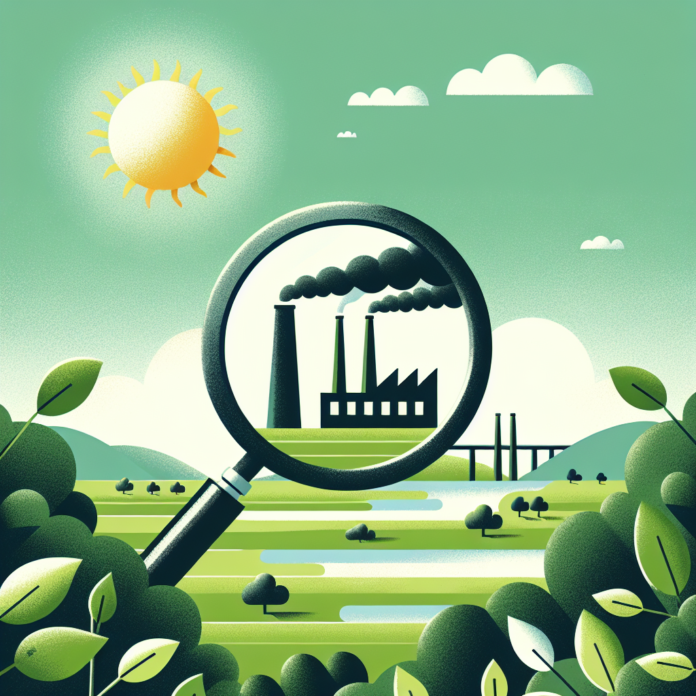EPA Revisits Greenhouse Gas Regulations
EPA Takes Steps to Reevaluate Greenhouse Gas Regulations
The Environmental Protection Agency (EPA) is initiating a comprehensive review of its regulations concerning greenhouse gas emissions. This decision marks a crucial pivot in the agency’s approach to environmental policy, aiming to address the growing concerns surrounding climate change and its impact on public health and ecosystems.
Background on Current Regulations
The current regulations, established under previous administrations, have been a focal point of debate among lawmakers, environmentalists, and industry stakeholders. These rules were designed to limit emissions from various sectors, including transportation, energy production, and industrial activities. However, the efficacy and enforcement of these regulations have come under scrutiny, leading to calls for reassessment.
Reasons for Reconsideration
Several factors are driving the EPA’s decision to revisit these regulations. The accelerating impacts of climate change, evidenced by extreme weather events, rising sea levels, and changing agricultural conditions, have prompted a more urgent response from government agencies. Additionally, advancements in technology and a growing understanding of greenhouse gas emissions’ effects on health and the environment necessitate an updated regulatory framework.
Moreover, the Biden administration has made climate action a cornerstone of its policy agenda, emphasizing a transition to cleaner energy sources and the reduction of carbon footprints across all sectors. This reevaluation aligns with international climate commitments, including the Paris Agreement, which seeks to limit global warming to well below 2 degrees Celsius.
Stakeholder Perspectives
The move to reconsider greenhouse gas regulations is likely to elicit varied responses from stakeholders. Environmental advocates welcome the potential for stricter emissions controls, arguing that robust regulations are essential for mitigating climate change and protecting vulnerable communities. Conversely, some industry representatives express concerns about the economic implications of more stringent regulations, fearing potential job losses and increased operational costs.
Balancing environmental protection with economic viability will be a critical challenge for the EPA as it navigates this reevaluation process. Engaging with stakeholders from diverse sectors will be essential to ensure a comprehensive understanding of the implications of potential regulatory changes.
Next Steps in the Process
In the coming months, the EPA plans to conduct a thorough analysis of existing regulations, gathering data and insights from scientists, economists, and the public. This process will include public comment periods, allowing citizens and organizations to voice their opinions and contribute to the development of future policies.
The agency aims to issue new or revised regulations that reflect current scientific understanding and technological advancements while also considering economic impacts. The timeline for this process remains uncertain, but the EPA has indicated a commitment to transparency and stakeholder engagement throughout the reevaluation.
Conclusion
The EPA’s decision to reconsider greenhouse gas regulations represents a significant step toward addressing the urgent challenge of climate change. As the agency embarks on this critical review, it will navigate the complex interplay between environmental stewardship and economic stability. The outcome of this process will not only shape the future of U.S. climate policy but also contribute to global efforts to combat climate change and promote sustainability.


